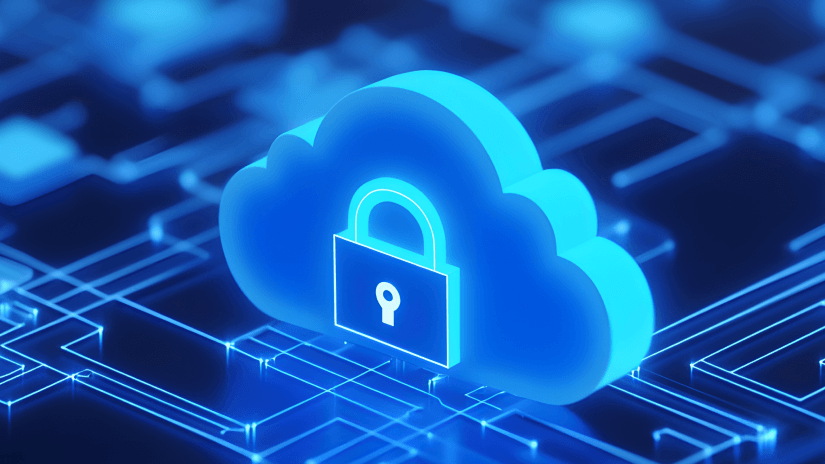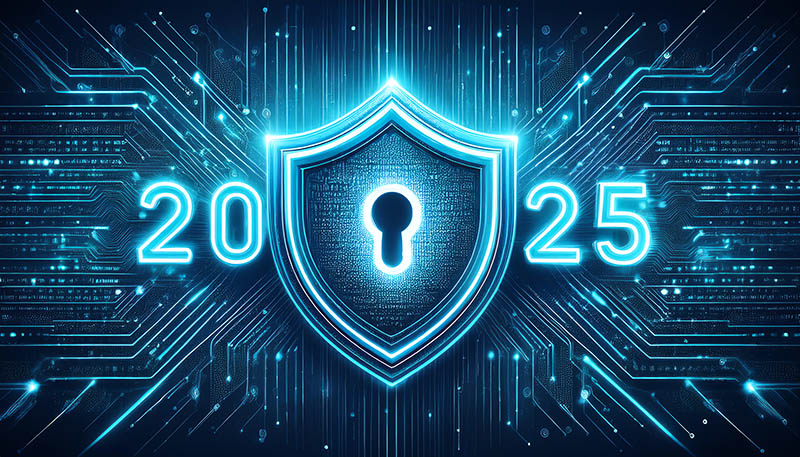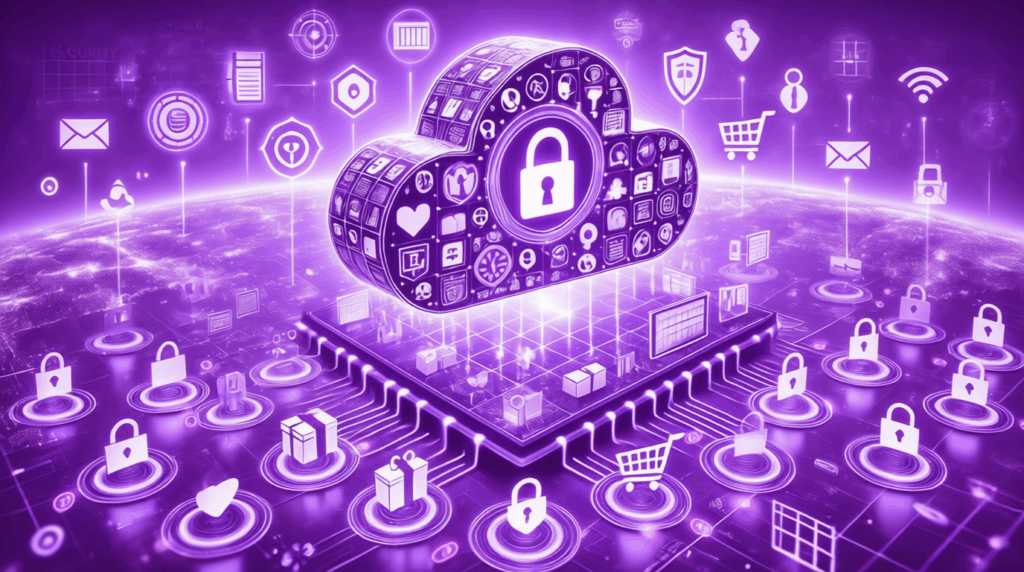Ransomware has evolved from a nuisance into a systemic risk that can halt operations, disrupt revenue, and permanently damage trust. Attackers now target your people, your SaaS apps, and your identity systems—not just on-prem servers. They dwell quietly for weeks, tamper with permissions, and encrypt or exfiltrate the data your business depends on. In this environment, reactive security is a liability. Proactive ransomware defense isn’t just smart—it’s non-negotiable.
The New Ransomware Playbook: Quiet, Patient, Devastating
Modern attackers don’t smash the front door—they learn your environment and time their strike.
- Living-off-the-land tactics: Attackers abuse legitimate tools and identities to avoid detection.
- SaaS in the crosshairs: Google Workspace and Microsoft 365 hold your critical files, mail, chats, and calendars—prime targets for encryption and data theft.
- Backup poisoning: If your backups silently capture compromised data for weeks, your “latest clean restore” may not exist.
The result: organizations that think they’re prepared discover, too late, that their response plans and backups weren’t designed for today’s threats.
Reactive Is Risky: The Hidden Costs of Waiting
- Extended downtime: Every hour offline means lost sales, missed SLAs, and reputational damage.
- Larger blast radius: Without early detection, attackers touch more systems and data.
- Expensive recovery: Incident response, data restoration, legal, compliance, and insurance costs compound quickly.
- Compliance exposure: Data exfiltration can trigger regulatory reporting, fines, and audits.
Proactive defense compresses dwell time, preserves clean restore points, and makes recovery surgical instead of chaotic.
What Proactive Ransomware Defense Looks Like
Proactive defense blends prevention, detection, and rapid recovery. Key pillars include:
- Continuous anomaly detection: Use AI-driven signals to spot encryption-like changes, mass deletions, permission spikes, unusual sharing, and suspicious login patterns—across Gmail, Drive, SharePoint, OneDrive, and Teams.
- Immutable, air‑gapped backups: Ensure backups can’t be altered or encrypted by attackers. Isolation is table stakes.
- Clean snapshot preservation: Automatically lock “golden” restore points when risk rises so you can always roll back to a known-good state.
- Least-privilege and automated governance: Enforce retention, legal hold, and access controls—continuously and at scale.
- Granular, guided recovery: Restore exactly what was impacted (folders, sites, mailboxes, or individual files/messages) without overwriting healthy data.
- Real testing, not paper drills: Run recovery exercises regularly to validate RTO/RPO and close gaps before an incident.
Why SaaS Backup Is Essential—Even If You “Trust the Cloud”
- Shared responsibility: You own your data. Native recycle bins and versioning aren’t designed for large-scale, coordinated attacks.
- Limited retention for complex incidents: Long dwell times can outlast default retention windows.
- Cross-app sprawl: Email, files, chat, and calendars all interconnect—recovery requires context, not just copies.
A dedicated SaaS backup and recovery platform with AI-driven detection bridges these gaps.
How MicroBackups Makes Ransomware Defense Proactive
MicroBackups is purpose-built to protect Google Workspace and Microsoft 365 with AI-powered backups, crystal-clear visibility, and effortless recovery.
- AI anomaly detection: Identify encryption patterns, deletion storms, permission anomalies, and suspicious sharing in real time.
- Immutable, isolated copies: Backups are tamperproof and logically air-gapped to ensure a clean, recoverable state.
- Smart snapshot locking: Automatically preserve golden restore points when risk elevates.
- Granular restores that respect context: Recover specific files, folders, sites, mailboxes, or messages with full audit trails.
- Automated governance and compliance: Enforce retention, perform legal holds, and produce compliance-ready reports with minimal overhead.
- Forecasting and cost control: Predict storage growth, tune retention, and right-size RPO/RPO to reduce spend without sacrificing resilience.
A Practical Playbook for Security and IT Leaders
- Map critical data flows across Google Workspace and Microsoft 365. Identify what must be restored first to resume operations.
- Implement immutable, air-gapped backups with high-frequency snapshots and cross-tenant coverage.
- Turn on AI anomaly detection and define response thresholds for alerts, snapshot locking, and access containment.
- Automate governance: retention policies, legal holds, and role-based access controls.
- Run quarterly recovery drills. Measure RTO/RPO, document results, and close gaps. Share outcomes with executives and auditors.
- Align cyber insurance requirements with your backup, detection, and reporting capabilities.
The Business Outcomes That Matter
- Faster recovery, less downtime: Precise restores get teams and customers back online quickly.
- Lower risk, lower cost: Early detection and clean restore points shrink incident scope and spend.
- Stronger compliance posture: Consistent retention, auditability, and evidence for regulators and insurers.
- Peace of mind: Confidence that you can withstand—and recover from—modern ransomware.
Proactive ransomware defense isn’t optional in a world of patient attackers and sprawling SaaS estates. It’s the difference between an incident and an outage, a scare and a scandal. With MicroBackups, you can see threats sooner, preserve known-good states, and recover with precision—so your business is never held hostage.
Explore MicroBackups at microbackups.com or dive into more insights on the MicroBackups Blog.



